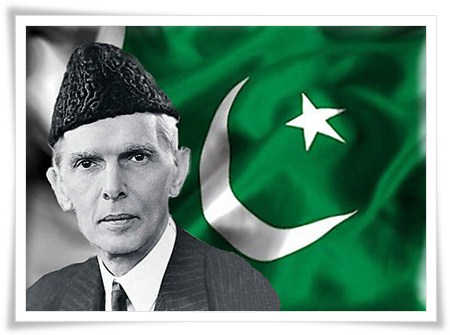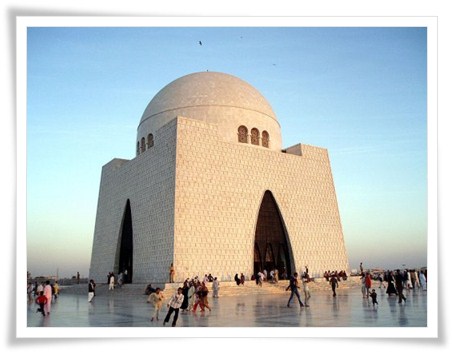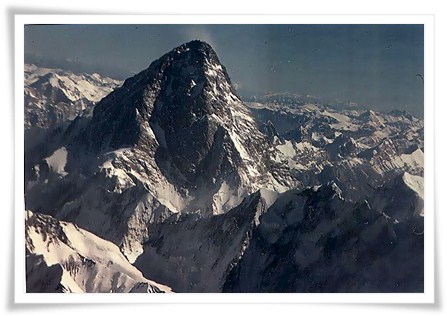
Nazir Sabir Expeditions
Leaders in Adventure Tourism
|
Pakistan - South Asia's Best Kept Secret
Pakistan is blessed with a location that places it on the real crossroads of the world thus the land has been visited by people from across the neighboring region for centuries. For some reasons very little is known about this incredible piece of land that has everything that a tourist wishes to wander around from the virgin beaches in the south to the enchanting beauties of the deserts that host some of the oldest human history and is cradle of the early human settlements of the Indus Civilization that dates back over 4000 years. Pakistan's 4000-year history is richly illustrated by archaeological sites and imposing monuments scattered over the length and breadth of the country. Brick cities from the Indus civilization, which flourished around 2000 BC, stand beside Buddhist ruins contemporaneous with the birth of Christianity. Magnificent Muslim tombs from the 12th century vie with the palaces, mosques and forts of the Moghul emperors of the 16th
and 17th centuries.
Pakistan is the land of the Indus River, which flows through the country for 2500 kilometers (1600 miles) from the Tibetan Plateau down the Himalaya and Karakoram mountain ranges to the Arabian Sea. Bordering with India on the east, China on the north east, Afghanistan on the North West and Iran on its south west border while Arabian Sea in the south. It is a land of snow-covered peaks and burning deserts, of fertile mountain valleys and irrigated plains. The estimated population of Pakistan in 2010 was over 170 million making the sixth most-populous country in the world.
Geographically, Pakistan can be divided into three regions: the lowlands along the Indus in the south and east, the arid plateau of Baluchistan in the southwest, and the mountain chain across the north. The provinces of Punjab and Sindh, in the east and south, are well irrigated by the Indus and its tributaries. The land is fertile and produces abundance of food. The Karachi, Islamabad (the capital), Lahore and Rawalpindi are the most densely-populated in the country.
Pakistan's north is the home of some of the most incredible mountain systems the Himalaya, Karakoram and the Hindu Kush stretching across the northern belt from east to west. The region's topography is constantly changing, as frequent earthquakes help the mountains grow at the remarkable rate of 7 mm (1/4 inch) a year. Pakistan's mountain wealth is far too richer and larger than any Himalayan country with five of the 8000m peaks out of fourteen 8000m giants in the world including K2 8616m, the killer Nanga Parbat 8125, Hidden Peak 8068, Broad Peak 8050m and Gasherbrum 2 8035m besides hundreds of peaks over 7000m yet another hundreds above 6000m peaks and a many of them having no names. K2 8616m standing alone is known as the "Mountain of Mountains" and is the crown of mountains of Pakistan that can't be matched with anything for its beauty, sheer and challenging rocky faces. Although Pakistan is often called the "Best Kept Secret of South Asia" yet it can be justified to be called the heaven for mountain lovers.
Climatically Pakistan enjoys a considerable measure of variety. North and northwestern high mountain ranges are extremely cold in winter while the summer months from April to October are very pleasant. The vast plains of the Indus Valley are extremely hot in summer and have cold weather in winter. The coastal strip in the south has a temperate climate. There is general deficiency in the rainfall. In the plains the annual average rainfall ranges from 13 cm in the northern parts of the lower Indus plains to 89 cm in the Himalayan Region. Rains are monsoonal in origin and fall late in summer. Average rainfall is 76 cm per annum.
Despite having an image problem tourism is still a growing industry in Pakistan because of its diverse cultures, hospitable peoples and landscapes. The variety of attractions ranges from the ruins of early human settlements and ancient civilizations such as Mohenjo-Daro, Harappa and Taxila, to the Himalayan hill-stations that attract those interested in field and winter sports. From April to November domestic and international tourists visit these areas for trekking climbing day hikes and safaris being the main attraction.
    |
|
|
Copyrights © Nazir Sabir Expeditions.
| |